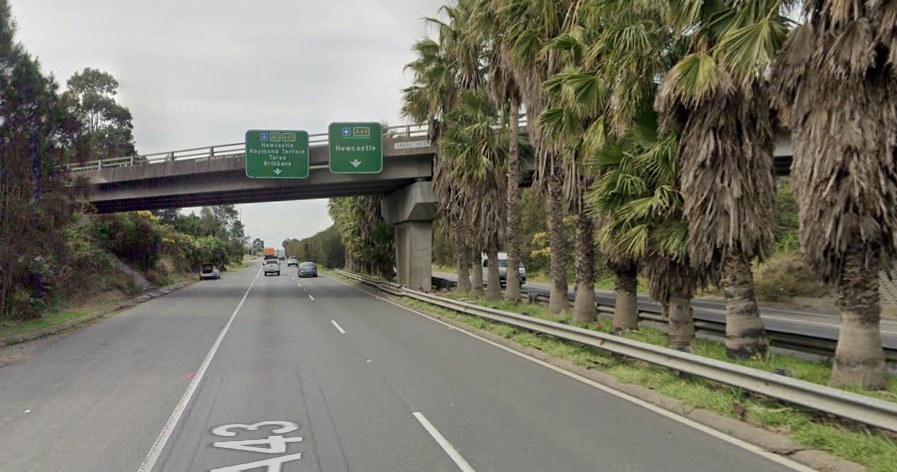Client
Transport for NSW
The $2.1 billion M1 Pacific Motorway extension to Raymond Terrace has been approved by the Australian and New South Wales Governments. The project will deliver a 15-kilometre extension of the M1 Pacific Motorway from Black Hill to Raymond Terrace, including a 2.6-kilometre-long bridge over the New England Highway and Hunter River and is expected to open in mid 2028. The surrounding network will also be upgraded, including the Hexham Straight Widening of around six kilometres of the Pacific Highway/Maitland Road to three lanes in each direction between the Newcastle Inner City Bypass at Sandgate and the New England Highway at Hexham Bridge.
CCHD was engaged by TfNSW across several roles on this project including:
- Value engineering/design and options cost planning (high level cost estimations for comparative purposes)
- Constructability review
- Construction staging and early works design
The Value Engineering/Design phase involved review of the 100% concept design and working with the TfNSW project team to identify various alternate options to be investigated with a view to achieve cost savings. This included options with major reconfiguration of the concept design so to better utalised and retained sections of the existing highway for local traffic to minor amendments in the alignments to potentially reduce bridge spans and therefore structure depth/clearance and fill on approach.
CCHD developed a construction staging strategy across the entire project. The first construction stage identified locations for early works and sections of the project that can be constructed off-line. This stage shows the location of existing roads under traffic, construction site access/egress and safety barrier locations protecting work zones from through traffic. The second and subsequent construction stages identify traffic switches, temporary intersection layouts and work zones with locations of construction site access/egress and safety barriers. This work consisted of a combination of 2-dimensional and 3-dimensional design depending requirements. For example, intersection geometry may be designed with vehicle swept paths in 2-dimensions however traffic switches with substantial changes in level and offline carriageways with temporary median interface batters were designed in 3-dimensions to ensure geometry complying with current client and guidelines, earthworks volumes and extent of regrade/temporary works.
Based on input from the TfNSW project team and outcomes from the construction staging strategy, CCHD were then tasked with the design of several early works packages for network reconfiguration and provision of deceleration and acceleration lanes to provide safe access/egress from proposed project compounds.


